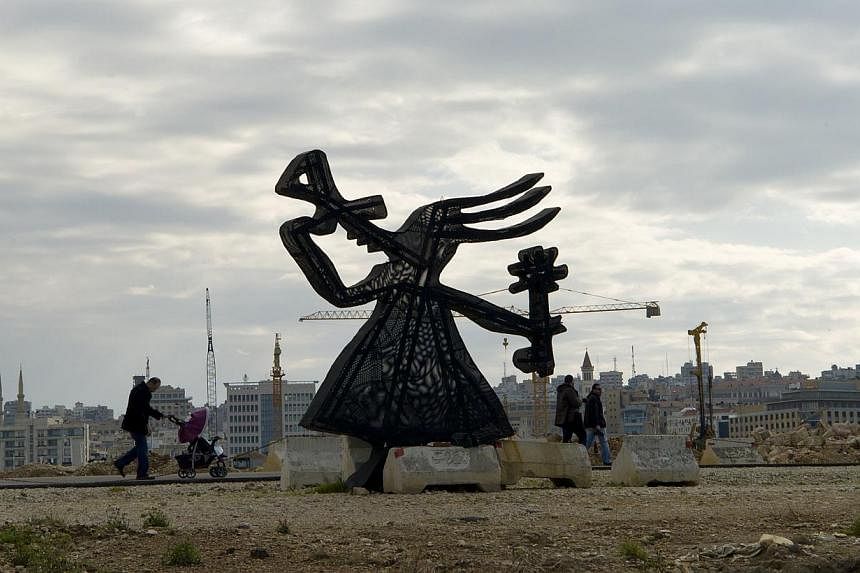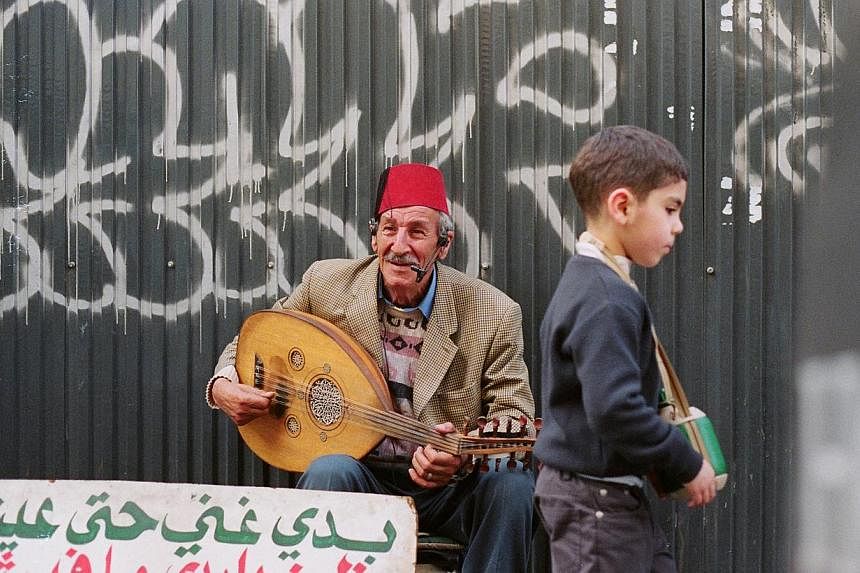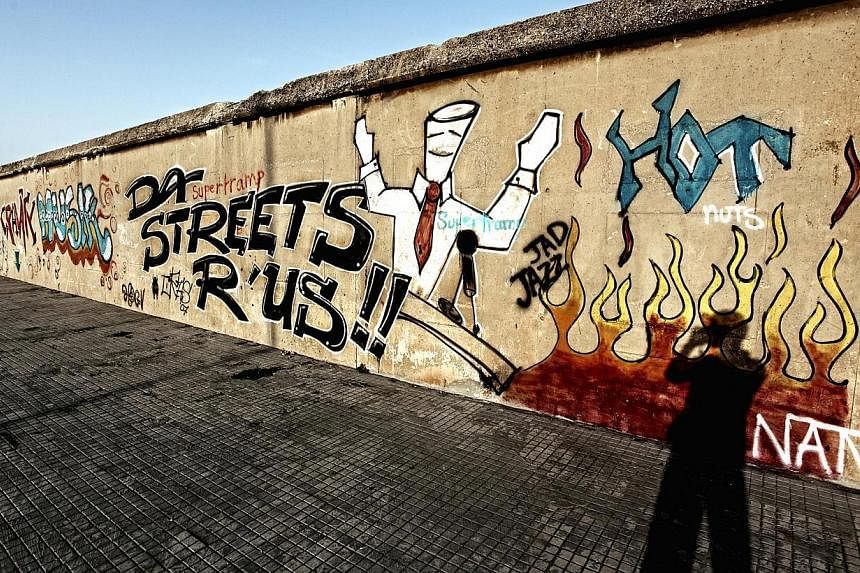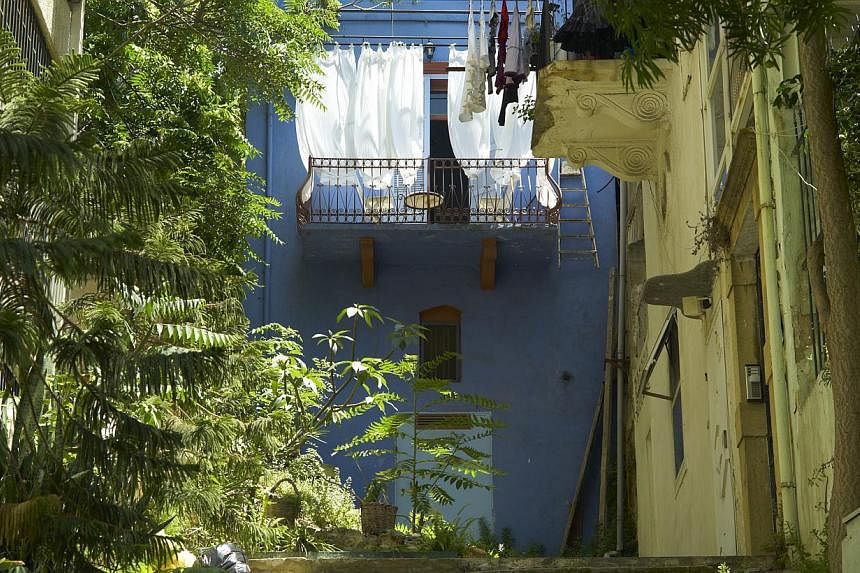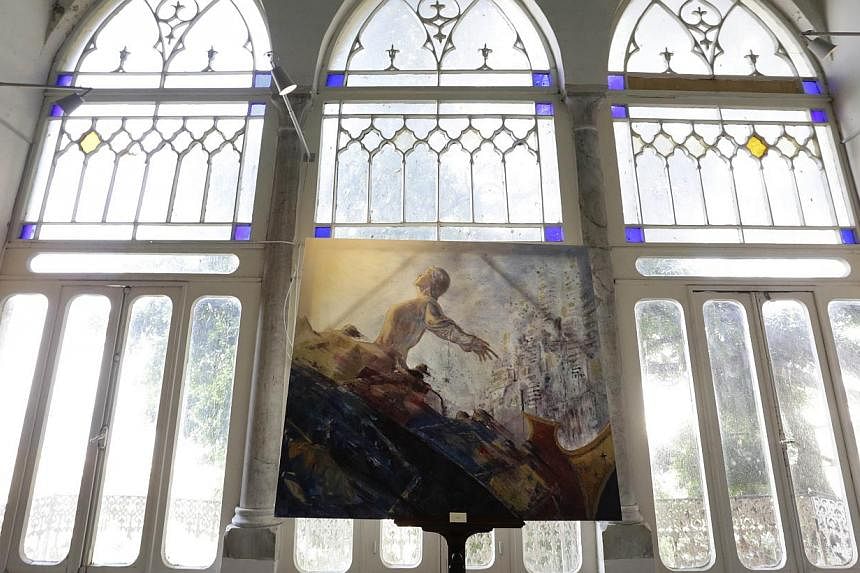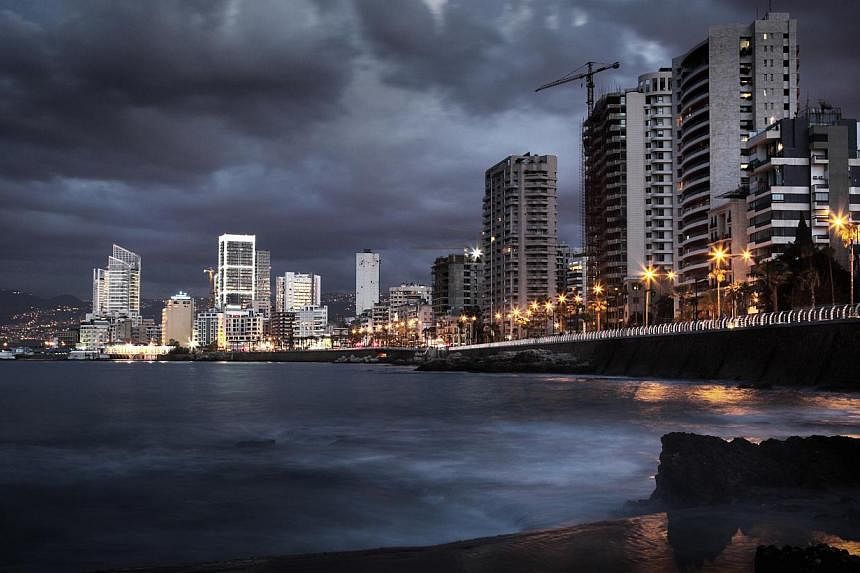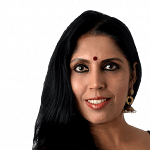When I tell my family and friends that I am travelling to Beirut on assignment, I keep getting these responses: "Who goes to Beirut?" and "Stay safe."
But I know I am going to be more than safe even before my plane touches down.
As the expanse of sea slowly disappears and the coastline shows up with a mix of old and new buildings, the pilot smoothly touches down to spontaneous applause. When the plane comes to a halt, there is a standing ovation for the captain and the crew, and praises ring out in a mix of Lebanese, Arabic and French.
The energy is wildly infectious and I find myself standing and applauding the captain and crew for the homecoming too.
Another surprise awaits me at the immigration counter when the officer holds up my passport and announces to everyone around: "She is Indian", and then promptly asks if I know Bollywood superstar Shah Rukh Khan. I amuse them by saying that in my imagination, he is my neighbour.
The tone for my five-day trip in the palpably energetic city is set. Beirut is feeling like home.
The taxi driver, a charming 60-year-old, gives me a quick Beirut tour when I mention that I am in the city for the first time. It is "important" to understand the history of Beirut, he says.
Yes, like other travellers, I have read up on Lebanon. It is one thing to read about "the wild child of the Middle East" and quite another to experience it, however.
The chaos, the colour and the contradictions that most writers describe become immediately apparent as the taxi driver cruises through lanes, telling me stories about what the city was like in the 1960s, how politics changed things in the 1970s and how one of the world's bloodiest civil conflicts took a toll on this beautiful city.
We pass several bullet-riddled buildings, pointing to that past. It is a history lesson like never before. A Lebanese gallerist will later tell me: "We have everything. Only our politics is unfortunate."
Indeed, the former Phoenician port has one of the most spectacular settings I have seen in my life.
After driving through the old town, past its coastline on the eastern end of the Mediterranean and finally checking into Le Grey hotel in the glamorous downtown, I have no doubt I have arrived in a happening city that has somehow made peace with its past.
Before heading to my room, I sit down for a much-needed cup of coffee and lose count of the number of beautiful women I see.
The friendly hotel staff tell me the street near Martyrs' Square, where the hotel is located, turns into party central on weekends. Beirut, I am told again and again, has a distinct combination of Middle Eastern and Mediterranean spirit.
Beirut's downtown stands in stark contrast to the bullet-riddled buildings found in many other parts of the city. There are downtown areas with swanky European- style cafes and high-end shops teeming with stylish people such as Place De Etoile, which demonstrate how the city has rebuilt itself.
The best discoveries happen when I set out on foot and wander through areas such as Gemmayze.
Walking in and out of narrow lanes, I marvel at how the past remains beautifully intact. In Mar Mikhael, I find old houses with unique gardens.
The landmark Rose House, an Ottoman villa overlooking the Mediterranean in the heart of the Lebanese capital, evokes Beirut's romantic past. Converted into an art centre, with plans for a museum later, the Rose House is not only a rare survivor of the 15-year civil war that claimed many historic mansions, but it also represents the building boom that came with peace from 1990.
Also interesting are contemporary art spaces such as Station, helmed by Nabil Caanan. It presents several cutting-edge art shows including a recent solo exhibition by leading French photographer Frank Perrin.
Museum lovers can have an eyeful at the National Museum of Beirut, which has more than 1,000 archaeological finds, while the Beirut Art Center hosts exhibitions by artists from the Arab world as well as the West.
A good time to soak in the city's arty vibe is to plan a visit around the annual Beirut Art Fair, which is held in September.
Several new shows open at the same time and these are windows into how artists, particularly those from the Arab world, are creatively responding to the issues they face.
Theatre buffs must not leave without a trip to the Babel Theatre in the Hamra district. All year round, there is a mix of local and international theatre productions.
Before the civil war, Hamra was the most cosmopolitan area in Beirut. After the swanky downtown came up, it lost its charm for a while, but has its groove back now.
I suggest a day here to sample the famous Lebanese food offered by a range of restaurants and to linger in the chilled-out street-side cafes that draw students as well as writers and artists.
I also find several small bakeries selling freshly baked pastry parcels of spinach or keshek, a distinctive powder made from cracked wheat and fermented whey.
I do not care much for fancy restaurants. I look instead for places that offer me more than just a meal. Which is how I ended up at Zico House. The art space has a bar and is housed in one of the city's rapidly disappearing French colonial mansions.
Also interesting is the Mar Mikhael Street, one of the oldest residential streets in Beirut, right behind Gemmayze where you find independent bookstores as well as fashion and furniture designers who are giving the area a makeover.
If you head to the Ashrafieh area, you will find international names such as jewellery designer Marie Munier and designer and architect Ramy Boutros, who is doing several projects around the world.
It is Boutros who tells me that I must not leave without catching the sunset along the Corniche, a pedestrian boulevard that wraps itself around the coastline.
And in the morning, it is wonderful to wake up to the sound of prayers from the Mohammad Al-Amin Mosque located in Martyrs' Square. There are also churches around the square, which is where most of the street protests happen.
On two consecutive nights, I enjoy rock concerts at the square, where the Lebanese love to dance and invite everyone to join their party.
This is a city with places that are rapidly modernising and other enclaves that are firmly rooted in tradition.
It is also the only city where taxi drivers give me discounts when I am in my sari. It is certainly a place I want to re-visit with my family.
People often call Beirut "the Paris of the East". It is that and so much more.
The writer's trip was sponsored by the organisers of the Beirut Art Fair.
